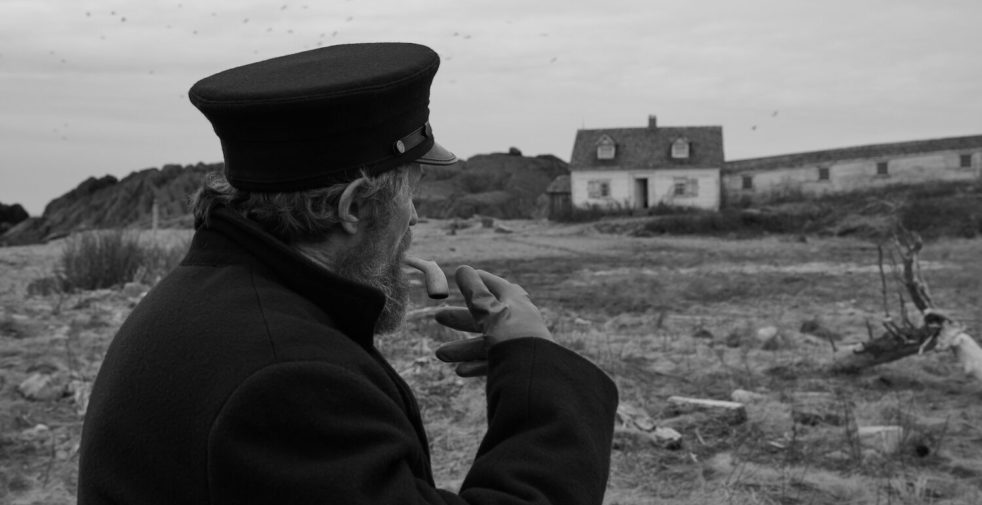Robert Eggers burst onto the feature film scene in 2015 with “The Witch,” a period horror piece set in Puritan New England, notable for its commitment to realism with dialogue entirely in a reconstruction of Early Modern English as it would have been spoken in the 17th century. The film garnered accolades and critical acclaim, and Eggers immediately established himself as a visionary director of horror.
His new project, “The Lighthouse,” is another triumph for modern horror. Eggers has crafted a dark, harrowing descent into madness following two lighthouse keepers on an island battered by the rough North Atlantic that delivers on teeth-clenching suspense and a terrifying atmosphere.
Viewers of “The Witch” will immediately recognize the basic setup: isolated characters in a New England setting, subtextual exploration of gender politics, and reverence for folklore and superstition. However, these similar elements come together to earn Eggers the status of a genuine auteur with a vision of realistic historical simulation as a setting for exploring thematic traditions of those times.
Despite the loftiness of that previous statement, “The Lighthouse” is surprisingly approachable considering the demands placed on the audience to engage with “The Witch,” and the lead actors are entirely responsible for this. Robert Pattinson (“Twilight,” “Cosmopolis”) turns in a spectacular performance as a man coping with the demanding work of his new profession and its emotional toll on his personality. After being sorely misused in “High Life” earlier this year, Pattinson reasserts himself as a dynamic and captivating instrument under Eggers’ masterful direction.
The standout, naturally, is Willem Defoe (“The Florida Project,” “Aquaman”) as a veteran lighthouse keeper and Pattinson’s boss. His vibrant portrayal of a Melville-style seaman brings both levity and tension to the film, and his monologue halfway through will likely be a fan favorite.
For “The Lighthouse,” Eggers eschews the modern filmmaking techniques employed in “The Witch” in favor of a visual aesthetic somewhere between German Expressionism and European post-war directors like Bergman and Tarkovsky. The picture is entirely in black and white, shot on 35 mm film, and in a narrow aspect ratio mainstream audiences may know from Wes Anderson’s “Grand Budapest Hotel,” which also featured Defoe. Eggers uses the tight frames of each shot to capture a creeping atmosphere of claustrophobia, and the contrast between light and dark casts terrifying shadows around enclosed spaces, especially in the close-ups favored by the director that also lent “The Witch” its sense of psychological torment.
Audiences may be put off by the stylistic choices of the film, especially the aforementioned aesthetic and the usage of hallucinatory dream sequences. The pacing is also deliberate, only briefly allowing any relief from the immense tension before immediately returning to the oppressive atmosphere. However, the finished product is a haunting, fascinating experience that should not be missed.
